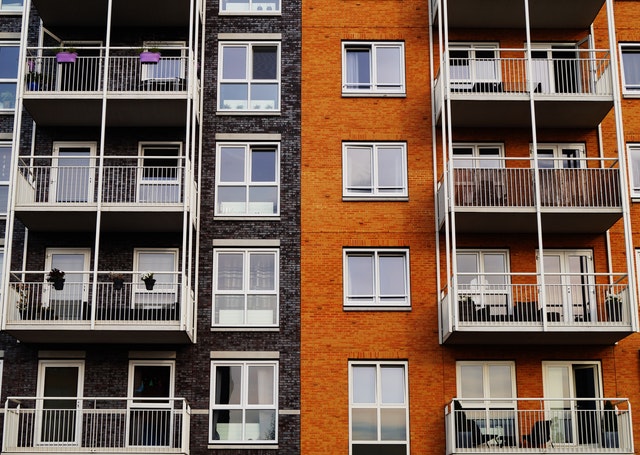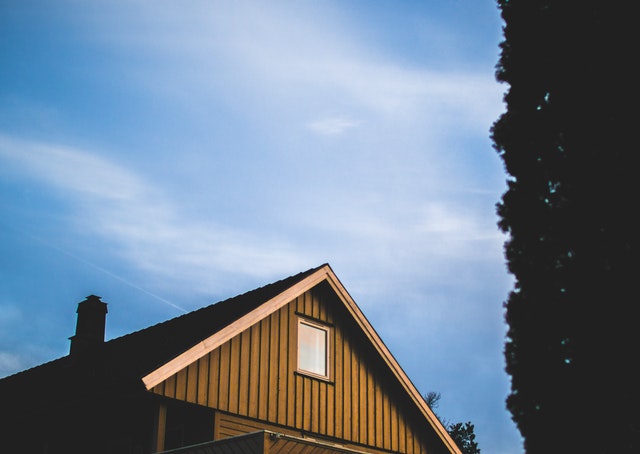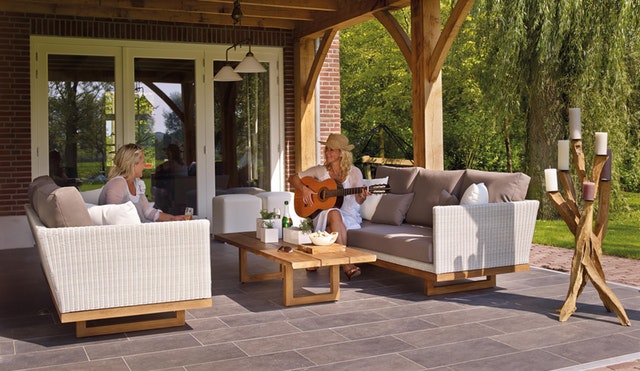 Real estate agents are constantly looking for new listings, which will attract potential buyers. We no longer need to limit our search for good listings to planet Earth because Mars is now for sale.
Real estate agents are constantly looking for new listings, which will attract potential buyers. We no longer need to limit our search for good listings to planet Earth because Mars is now for sale.
Although this may sound a bit far-fetched at first, it is not such a strange concept if you consider the serious efforts being made to colonize Mars with the commercial efforts by companies like Space X. There is a company, called Lunar Land, which is already selling acres of land on Mars as a novelty.
Historical Precedent
Off-planet land sales have already had considerable success for those crazy enough to sell titles to land on the Moon. Lunar Embassy, which started in 1980, claims to have sold 2.5 million acres of the Moon for about $20 per acre. That’s $50 million in revenues.
This happened in spite of the Outer Space Treaty, which was signed by the US, the UK, and the Soviet Union. The treaty went into force according to Earth’s laws on October 10, 1967. Currently (February 2019), there are 108 countries who signed the treaty and 23 more who signed it but have not yet legally ratified it in their home country.
There is a loophole. There are 195 countries in the world. That means 64 are not a party to the Outer Space Treaty. Any of these countries can legally lay claim to any off-planet real estate according to their own country’s laws.
It’s A Fad Now That Becomes A Reality In The Future
Buying acres of land on Mars is really a fun fad. It has symbolic value but really has no practical value to earthbound persons. In a few decades, this may change.
The estimates by SpaceNews are that it will cost $230 billion to establish a human outpost on Mars with the target date of 2035. Each resupply mission, once every three years thereafter, will cost about $142 billion. The total cost to start the colonization of Mars is about $1.5 trillion.
Mars has about 35 billion acres. That means a commercial colonization program can “own” Mars for only $42.85 per acre.
The Mars Experience On Earth
One way to make this fantasy of colonizing Mars more real is to set up a practice project on Earth. We searched and found the worst, cheapest land in the United States. It is available for purchase at a mere $50 per acre. It is the worst kind of remote desert land with horrific conditions and no natural resources. However, even with the worst Earth conditions, it is a paradise compared to the challenge of living on Mars.
Some clever entrepreneur should create the Mars Habitat on Earth and invite participation to buy land and habitation in a project that develops a workable living space that is self-contained in these harsh desert areas on Earth.
If you are interested in buying a property here on Earth, contact your trusted real estate professional to assist in finding the home of your dreams.
 The right home renovation strategy can increase property values and improve the comfort and utility of your space. However, your actions could have a harsh impact on our natural resources.
The right home renovation strategy can increase property values and improve the comfort and utility of your space. However, your actions could have a harsh impact on our natural resources. Real estate isn’t a one-size-fits-all pursuit. Buying and renting multi-unit properties is one of the ways investors build residual income while increasing their property portfolios. However, multi-unit rentals come with some unique challenges. Are you ready to manage a multi-unit rental property?
Real estate isn’t a one-size-fits-all pursuit. Buying and renting multi-unit properties is one of the ways investors build residual income while increasing their property portfolios. However, multi-unit rentals come with some unique challenges. Are you ready to manage a multi-unit rental property? Perform roof maintenance on sunny days when there’s less chance of slipping. Blocking off a weekend twice a year gives you plenty of time to complete the items below without rushing or taking unnecessary risks. The beginning of spring and fall present the best opportunities to complete your maintenance before the weather turns too hot or too cold.
Perform roof maintenance on sunny days when there’s less chance of slipping. Blocking off a weekend twice a year gives you plenty of time to complete the items below without rushing or taking unnecessary risks. The beginning of spring and fall present the best opportunities to complete your maintenance before the weather turns too hot or too cold. Real estate investors sometimes get stuck in a rut. They repeat the same type of investment that they did before. This is not necessarily a bad thing because a successful experience is worth repeating. However, it is also a good idea to occasionally take a look at the big picture as well, to see what else is out there for investment consideration.
Real estate investors sometimes get stuck in a rut. They repeat the same type of investment that they did before. This is not necessarily a bad thing because a successful experience is worth repeating. However, it is also a good idea to occasionally take a look at the big picture as well, to see what else is out there for investment consideration. Home ownership is highly valued in our culture. However, buying a home isn’t the best decision for everyone. Examine the differences between owning and renting your home to help you decide if now is the time to buy.
Home ownership is highly valued in our culture. However, buying a home isn’t the best decision for everyone. Examine the differences between owning and renting your home to help you decide if now is the time to buy.